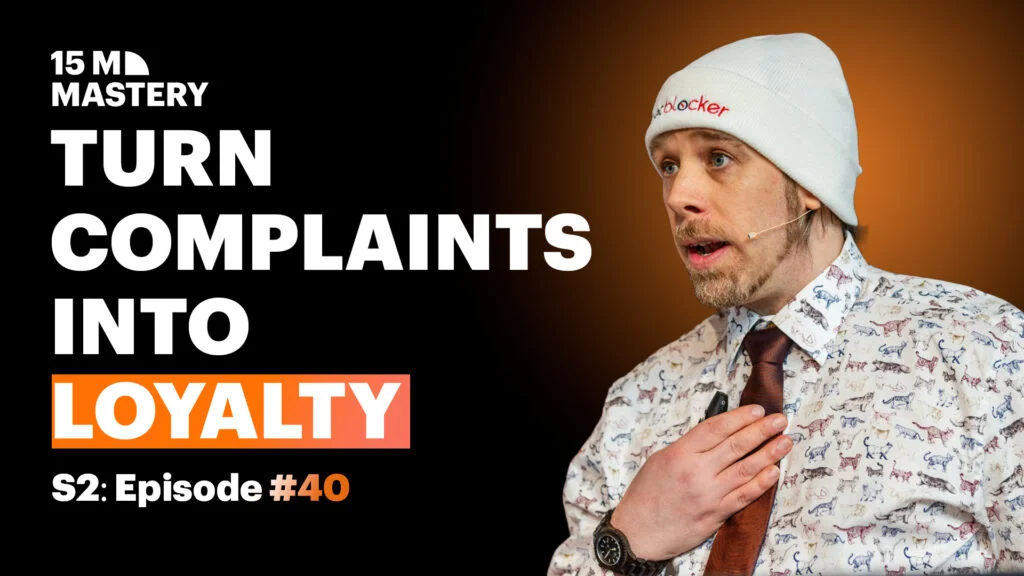How Self-exclusion Became a Trust-building Tool, Not Just a Tick-box
The Brands That Win Are The Ones Players Trust
In a space where most products look the same, brand identity becomes everything. Garvie points out that for players, trust is often low from the outset. “It’s a natural dynamic,” he says. “This is a product where you lose more often than you win. So if you don’t build trust from day one, you’ll lose to the brands that do.”
Operators often view tools like BetBlocker as compliance obligations, but Garvie sees them as central to customer loyalty.
“Empowering players to stay within affordable limits keeps them playing with you. Operators that intervene earlier in the journey retain players longer, and they earn more.”
Protection isn’t About Stopping Play, it’s About Guiding it
Garvie believes the industry needs to shift away from a prohibition-first approach. “Most people don’t like being told what to do,” he says. “It’s human nature. So let’s give players the right tools earlier, so they don’t get to the point of harm.”
He warns that over-intervention can alienate users who aren’t ready to quit gambling entirely.
“If we offer flexible tools, we get higher engagement. That’s what player-positive design looks like.”
Adding Blocking Tools isn’t Hard
When asked for a simple integration roadmap, Garvie makes it sound almost too easy.
“Day one, talk to BetBlocker. Day two, update your content with a few links. Day three to thirty, take a break, you’re done.”
The key, he says, is embedding tools at the right points in the player journey. This includes:
• Responsible gambling or safer gambling pages
• Live chat scripts and customer support playbooks
• Withdrawal pages or timeout flows
He also highlights BetBlocker’s flexible scheduler feature. “Say you don’t want to block gambling entirely, just in-play bets during matches. Or you want to spend time with your kids after school. You can block selectively by time of day.”
Operators should embrace this nuance. “We’re not just offering a hard stop. We’re giving players back a sense of control.”
One Metric Reveals Whether You’re Doing it Right
For operators, Garvie points to one data point above all: the number of forced interventions.
“When you’re stepping in to restrict a player’s behaviour, it means you’ve already failed to support them earlier in their journey.”
The goal, he argues, is to reduce the need for these interventions by empowering players with self-management tools.
“If your forced interventions are dropping, you’re getting it right. If they’re rising, something’s missing upstream.”
Affiliates are Part of The Solution, or The Problem
The conversation shifts to acquisition, where Garvie doesn’t mince words. He calls out rogue affiliates who deliberately avoid signposting responsible gambling tools.
“They’re targeting vulnerable players, undermining self-exclusion programmes, and using responsible gambling language as a fig leaf.”
But he’s quick to add that responsible marketing is possible, and powerful. “Casino Guru is a great example. They use responsible messaging to build trust and keep players coming back. It’s good ethics and good business.”
Garvie encourages affiliates to integrate safer gambling messaging throughout their content, not just on a single tokenised page.
“Talk about tools in your reviews. Mention deposit limits. Make it normal, not doom and gloom.”
The Language of Safety Needs to Evolve
Traditional RG messaging, Garvie says, often misses the mark. “The problem is we associate tools like deposit limits with addiction. But most players don’t see themselves that way, so they tune out.”
He suggests reframing where and how these tools appear. “Don’t hide deposit limits in the responsible gambling section. Put them in the banking section. It’s a practical tool, not a red flag.”
By removing the stigma, more players use the tools. And that means better outcomes, for players and for the business.


